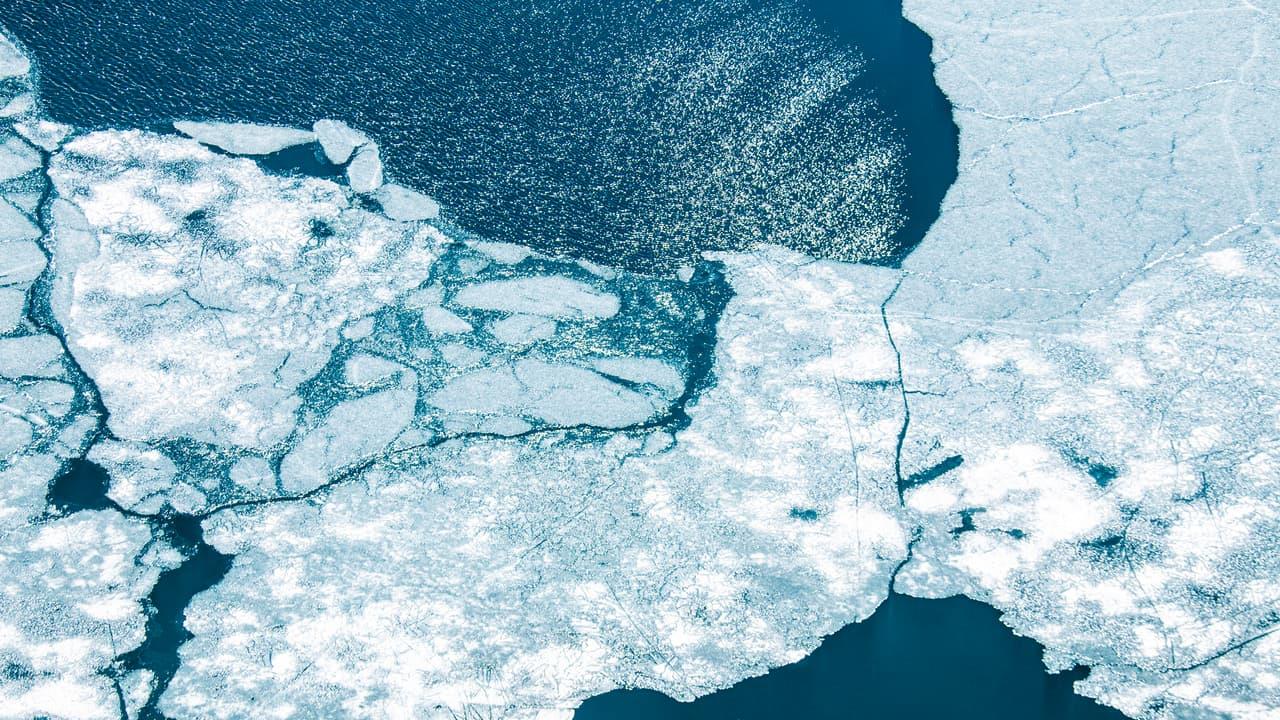High Mountain Asia's Glaciers Are Melting Faster Than Ever Due To Monsoon Shifts
New study has found that not just heatwaves, but monsoon changes are also causing glaciers in the Himalayas and surrounding areas to melt more quickly than ever. Research, published in IEEE Journal of Selected Topics on Applied Earth Observations and Remote Sensing and led by scientists from the University of Utah and Virginia Tech, shows that although global warming is a major factor, changes in the monsoon season are also playing a significant role in speeding up the melting process. Each year, these glaciers lose more than 22 billion tonnes of ice, a quantity that could fill nearly 9 million Olympic-sized swimming pools. This could pose a significant risk to people who rely on rivers fed by glaciers for drinking water, farming, and electricity.
Glaciers in Third Pole
In this region, known as the High Mountain Asia, glaciers act like natural reservoirs, storing snow and ice during the colder months and releasing it gradually as meltwater during warmer months. It is also called the“Third Pole” because it holds more ice than any other region on Earth, apart from the North and South Poles.
This meltwater from glaciers flows into rivers passing through countries such as India, Pakistan, Nepal, Bhutan, and China. This supply of water is essential for agriculture, hydroelectric power, and daily life sustenance. However, as the warming rises and monsoon patterns shift, this balance is being disrupted.
With rising temperatures, several changes are taking place:
. Less snow is falling during the monsoon season.
. More rain is replacing snow, which melts the ice more quickly.
. The timing of monsoons is changing, shortening the period when glaciers can accumulate mass.
Sonam Sherpa, assistant professor at the University of Utah and lead author of the study says, "If the timing and intensity of the monsoon continues to alter, it could accelerate ice loss and threaten water availability for millions downstream."
A faster melting rate can also lead to the formation of unstable glacial lakes. These lakes can burst, causing deadly floods known as glacial lake outburst floods (GLOFs), which are becoming more frequent. Additionally, rapid melting can trigger other disasters, such as landslides and flooding.
What Were the Key Findings
The researchers used data from NASA satellites, that measure changes ice mass from space, along with local weather and water records to understand how changes in rainfall and snowfall affect glacier melting.
Key findings include:
. In the central and western Himalayas, where glaciers typically grow during the summer, increased rainfall is actually speeding up ice loss.
. In the eastern Himalayas, reduced snowfall appears to be causing glacier retreat.
. Glacier loss patterns often follow natural monsoon cycles that occur every 3 to 8 years.
As the weather patterns continue to shift, researchers explain that there is a need for more detailed and comprehensive monitoring systems to understand and prepare for these changes. This includes more tools on the ground to measure rainfall, snowfall, and temperatures in remote mountain regions.
"Looking ahead, a faster retreat of mountain glaciers will shift the main source of river flow from glacier melt to rainfall, thereby heightening the risk of droughts in downstream regions for future generations," said Susanna Werth, assistant professor at Virginia Tech and co-author of the study.
The study serves as an important warning to save glaciers. Millions of people depend on the water from these glaciers, and the changes could drastically impact food security and disaster management in the coming years.
Legal Disclaimer:
MENAFN provides the
information “as is” without warranty of any kind. We do not accept
any responsibility or liability for the accuracy, content, images,
videos, licenses, completeness, legality, or reliability of the information
contained in this article. If you have any complaints or copyright
issues related to this article, kindly contact the provider above.
Most popular stories
Market Research

- United States Lubricants Market Growth Opportunities & Share Dynamics 20252033
- UK Digital Health Market To Reach USD 37.6 Billion By 2033
- Immigration Consultancy Business Plan 2025: What You Need To Get Started
- United States Animal Health Market Size, Industry Trends, Share, Growth And Report 2025-2033
- Latin America Mobile Payment Market To Hit USD 1,688.0 Billion By 2033
- United States Jewelry Market Forecast On Growth & Demand Drivers 20252033






















Comments
No comment